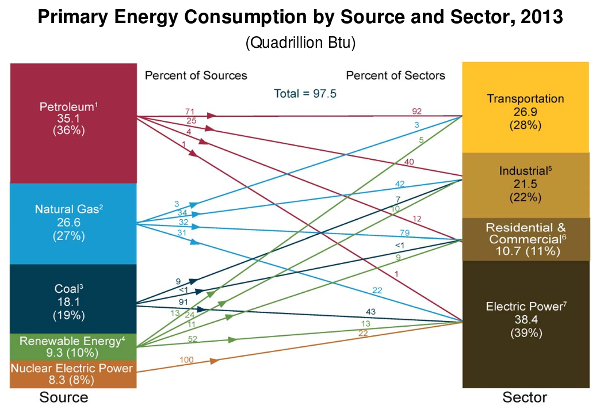How to Use ETFs When Building a Portfolio AOL On
Post on: 16 Март, 2015 No Comment

YOU MIGHT ALSO LIKE
Grab video code:
How to Use ETFs When Building a Portfolio
Scott Burns: Tips for building your ETF portfolio. Hi there. I’m Scott Scott
Burns, director of ETF analysis. Today I am joined by Rick Rick
Ferri, the founder of Portfolio Solutions and the author of The
ETF Book. Rick thanks for joining me.
Rick Ferri: Thank you Scott.
Let’s talk a little bit about just the basics of portfolio construction.
Where should somebody begin?
Rick Ferri: Well, at the very beginning of portfolio construction is investment
policy. Forget about how the asset allocation is and what funds you
should buy.
Before you even get to that point, the beginning, right at the
beginning, is going to be, What is the money for? What is the
duration of the money? When are you going to need it? Are you
putting money in? Are you taking money out?
And so, investment policy is right at the beginning before you even
get into portfolio construction.
Scott Burns: Right. I think that is a step a lot of people just miss. They find a
fund and go looking for an idea or find a strategy and go looking
for an idea instead of having the idea, the need, first and then
finding the appropriate solutions.
So let’s assume we have our policy determined. Now we start
thinking about the portfolio construction and where we go next
steps, and how we look at the funds and the asset allocation. Where
do you go next with that?
Rick Ferri: Sure, and we can break it down, because you really just described
three new different steps there. The next step after investment
policy is to look at asset allocation. How much risk should you be
taking? How much income do you need in order to match your
liabilities in your investment policy?
So you have to set your asset allocation between stocks and bonds,
risky assets and safe assets, to the level that is appropriate for your
investment policy.
Once you have the stock and bond mix, now you can break it down
into sub-categories. How much do you want to put in U.S. stocks
versus international stocks, small cap versus large cap? How much
do you want to put in investment-grade bonds, Treasury bonds,
Treasury Inflation Protected Securities? So you are going to break
it down into sub-asset classes.
Not actually as important as the actual asset allocation between
stocks and bonds, but does add flavor to the icing on the cake, so to
speak. Then, the next thing is a security selection.
Scott Burns: So in security selection, generally, you use a mix of ETFs and
mutual funds, right? And where do you prefer ETFs versus mutual
funds? I know you get asked this question.
Rick Ferri: Well, to me it is a more arrows in the quiver. You have got ETFs
that have come into the marketplace in a big way over the last 20
or so years. And you had mutual funds, index funds, and so it is
just more product to look at, which, of course, means more books
to write.
Scott Burns: Good for you!
Rick Ferri: You just have to look at the way in which these underlying indexes
are constructed. If you like the way the underlying index is
constructed that you are going to use for a particular sub-asset
class, then you go out and you see if there are index funds
available or ETFs available.
And you make your selection based on fees, diversification,
liquidity, and a whole lot goes into actually selecting the fund that
is appropriate for that specific asset class and sub-asset class.
Scott Burns: Gotcha. So you really do have to do a lot of your homework. Now
one thing when you talked about your asset allocation, I noticed
you kept it very simple, and that is always something I’ve liked
about you. You keep it very simple. But we talk stocks, bonds.
What are you thinking on commodities, on alternative asset
classes? You know, risk neutral strategies, those kinds of things.
Do those make it into your portfolios?
Rick Ferri: Well, not to my portfolios. No. Should people use commodities or
zero beta asset classes? Sure, I think that is fine for everybody to
have a little bit of money in a bingo account. And if they want to
try these things, that is fine.
You don’t need them in the long run to meet your financial
objective. You have an investment policy, your liabilities. You
have your asset allocation. You use stocks and bonds to meet your
asset allocation investment policy.
All this other stuff is, again, it is the flavor of the icing on the cake.
It is not even the icing on the cake. I mean if you want to do that,
you should do that in an account that isn’t going to break you if it
doesn’t work out the way you want.
You are going to have to trade commodities, because commodities
are a zero returning asset class. They are a price-driven asset class.
They don’t pay dividends or interest.
So, if you are not in it at the right time and out of it at the right
Do you have anything else? Do you see any other just common
mistakes that people make when they look at things, or comments
that you hear, either through the book or through your column on
Rick Ferri: Well, I think the common mistake that I hear a lot is what you
alluded to, people who are right to the fund selection. You know,
which funds should I buy for this environment? It is really putting














